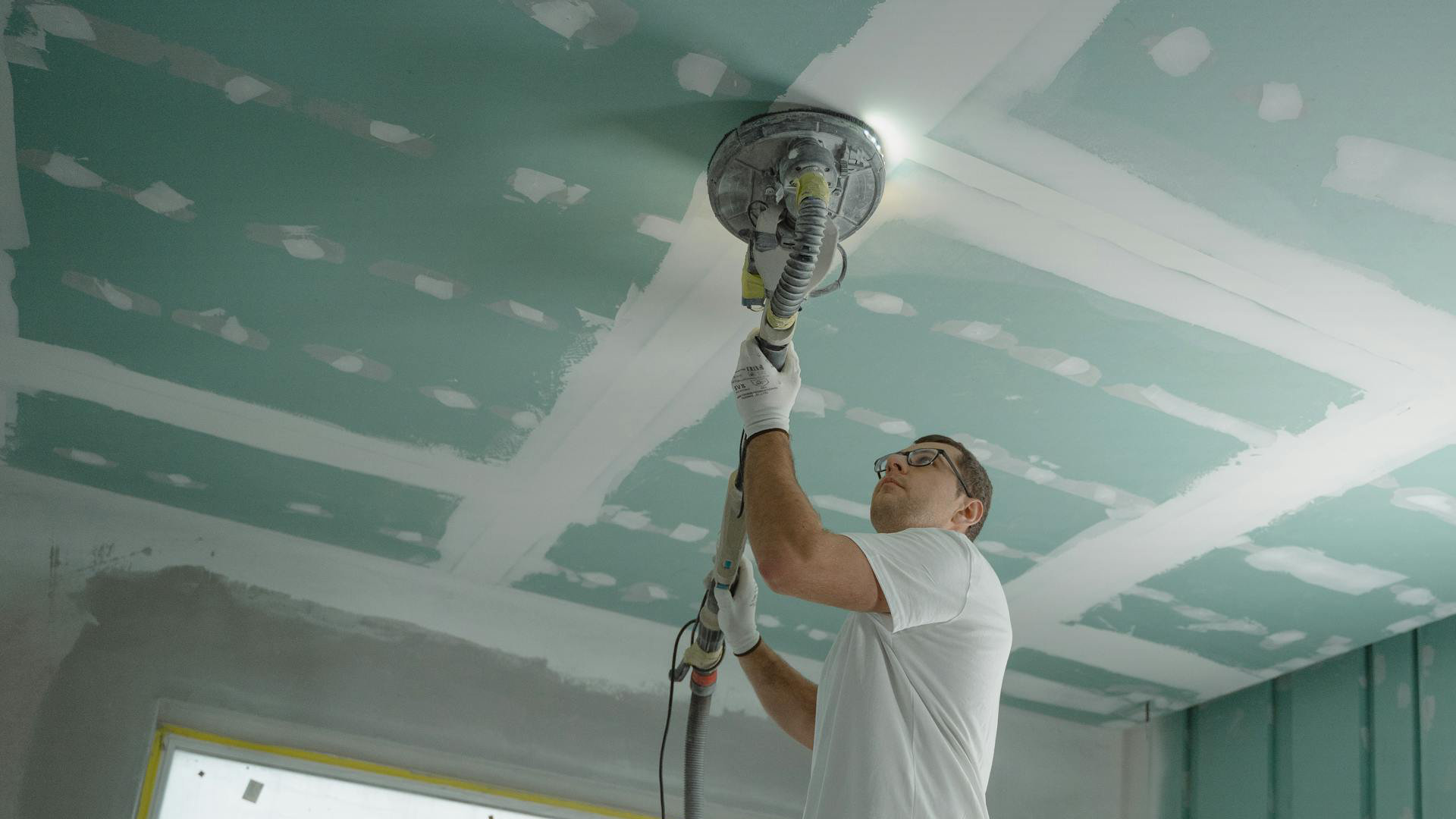In the construction industry, workers face various hazards on a daily basis, and one of the most significant threats is exposure to harmful dust and fumes. The CSCS Dust and Fumes (Respiratory Hazards) Category 7 part of the CSCS exam aims to equip individuals with the knowledge and skills necessary to identify, mitigate, and protect themselves from these respiratory risks. This comprehensive guide will provide you with the information needed to excel in this exam and ensure your safety on the job site.
FREE CSCS MOCK EXAM!
Covering all CSCS core categories & specialist subjects.
Dust: A Silent Menace
Dust is a pervasive hazard in construction work, and its effects can be far-reaching. Prolonged exposure to dust particles, particularly silica dust, can lead to severe respiratory issues such as silicosis, lung cancer, and occupational asthma. Even seemingly innocuous tasks like cutting, drilling, sanding, or grinding can generate significant amounts of dust, emphasising the importance of proper dust control measures.
Identifying Dust Hazards
The first step in mitigating dust risks is recognising the tasks and materials that are likely to generate harmful dust. Activities like demolishing concrete, shaping kerbs, paving slabs, bricks, and blocks, or carving walls and mortar joints are all potential sources of silica dust. Additionally, tasks involving wood or plywood cutting, though less hazardous, should not be overlooked.
Controlling Dust Exposure
Once you have identified potential dust hazards, it is essential to implement appropriate control measures. The most effective approach is to prevent dust from becoming airborne in the first place. This can be achieved through various methods, such as:
- Wet Cutting: Continuously applying water throughout the cutting process helps suppress airborne dust particles.
- Dust Extraction/Collection: Utilising dust extractors or collectors attached to power tools can capture dust at the source, preventing it from dispersing into the air.
- Dampen Materials: Spraying water on rubble or debris before clearing can significantly reduce dust clouds.
In situations where dust cannot be adequately controlled, it is crucial to wear appropriate respiratory protective equipment (RPE) that is properly fitted and provides the necessary level of protection.
Fumes: A Hazardous Presence
Fumes, particularly those generated from solvents, adhesives, paints, and resins, can pose serious health risks to construction workers. Exposure to these fumes can lead to various ailments, including headaches, nausea, fatigue, impaired coordination, and even long-term respiratory issues.
Identifying Fume Hazards
Be vigilant for tasks or materials that may release harmful fumes, such as using adhesives, solvents, or fresh paint. Additionally, engine-driven equipment operating in confined spaces or deep excavations can generate hazardous gases like carbon monoxide, requiring gas detection alarms and proper ventilation.
Controlling Fume Exposure
To mitigate the risks associated with fumes, it is essential to implement the following control measures:
- Ventilation: Ensure adequate ventilation in enclosed spaces or areas where fumes are present.
- Respiratory Protective Equipment (RPE): When working with substances that emit harmful fumes, wear appropriate RPE suited for the specific hazard. Consult with your employer or safety officer to determine the correct RPE for the task.
- Containment: Whenever possible, contain or isolate the source of fumes to prevent them from spreading throughout the work area.
Respiratory Protective Equipment (RPE)
Respiratory Protective Equipment (RPE) plays a crucial role in safeguarding workers from harmful dust and fumes. However, it is essential to understand that RPE should be considered the last line of defense, and controlling the hazard at the source should always be the primary focus.
Selecting the Appropriate RPE
The selection of RPE depends on the type and concentration of hazardous substances present in the air. Particle filters are designed to remove solid particles like dust and fibres, while gas or fume filters are used to protect against vapours and gases. In some cases, a combination of both filters may be required.
Ensuring Proper Fit
The effectiveness of RPE relies heavily on achieving a proper fit to the wearer’s face. Factors such as facial hair, scars, or the use of safety goggles can compromise the seal, rendering the RPE ineffective. Regular face-fit tests, conducted by a competent person, are essential to ensure the RPE provides adequate protection.
Maintenance and Disposal
RPE should be maintained and stored according to the manufacturer’s instructions, and any contaminated or damaged equipment should be properly disposed of as hazardous waste. Employers are legally obligated to provide RPE at no cost to workers when it is required for their safety.
Conclusion
Protecting yourself from the dangers of dust and fumes is paramount in the construction industry. By understanding the risks associated with these respiratory hazards, implementing effective control measures, and utilising appropriate RPE, you can safeguard your health and well-being on the job site. Mastering the knowledge covered in this guide will not only prepare you for the CSCS Dust and Fumes (Respiratory Hazards) exam but also equip you with the skills necessary to navigate the hazardous environments of construction work safely.

